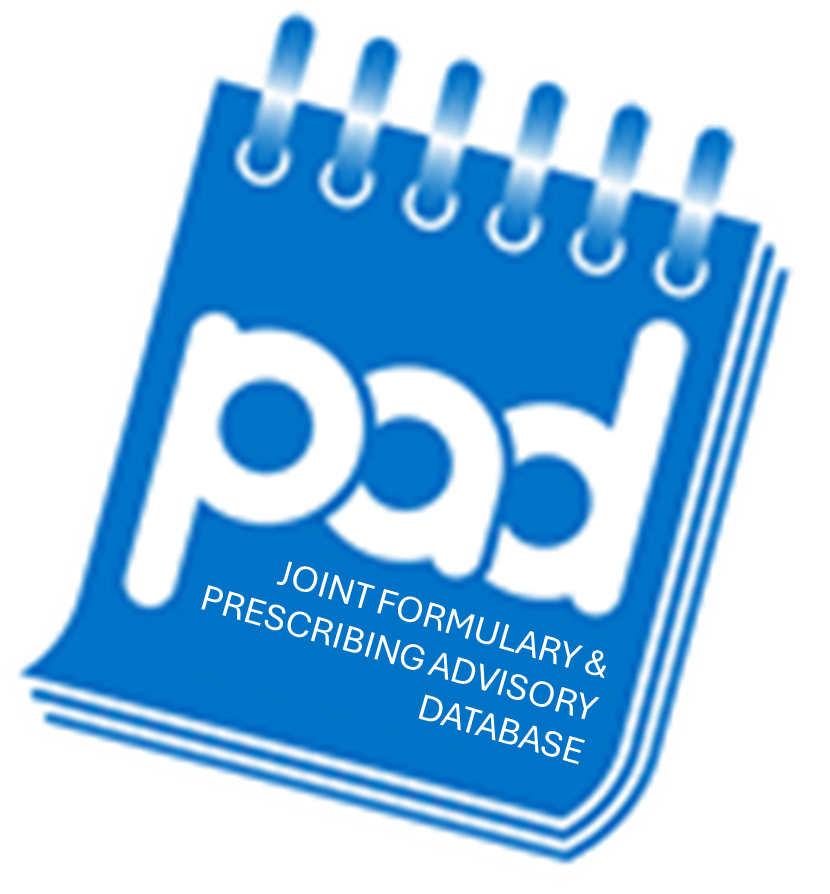
Brolucizumab - Wet age-related macular degeneration
You are here : Home > Formulary Search > Brolucizumab - Wet age-related macular degeneration
Status 1
- Intravitreal injection
Documentation
PAD Profile
Committee Recommendations (3)
The Surrey Heartlands Integrated Care System Area Prescribing Committee has agreed a Wet Age Related Macular Degeneration (wet-AMD) treatment pathway attached below for information.
PLEASE NOTE: The most cost-effective anti-VEGF treatment is biosimilar ranibizumab which will be counted as a ‘free switch’ for patients where monthly injections is clinically appropriate.
The Surrey Heartlands Integrated Care System Area Prescribing Committee approve the increased access to THREE switches for existing NICE approved anti-VEGF treatments to optimise response.
Blueteq forms for initiation and continuation will be completed by retinal specialists in secondary care.
The Surrey Heartlands Integrated Care System Area Prescribing Committee recommends brolucizumab as a treatment option for the treatment of wet age related macular degeneration in line with NICE TA672 with consideration for its black triangle status when benefits outweigh risks
Brolucizumab will be considered RED on the traffic light system. Prescribing will be by hospital specialists only, in line with NICE TA672.
Primary care prescribers should ensure that patient medication records include any medicine for which prescribing remains the responsibility of secondary or tertiary care. This will ensure that GP records, which are accessed by other healthcare providers, are a true and accurate reflection of the patient's medication.
Other Indications
Below are listed other indications that Brolucizumab is used to treat.
Other Drugs
Below are listed other drugs that are used to treat Wet age-related macular degeneration.
